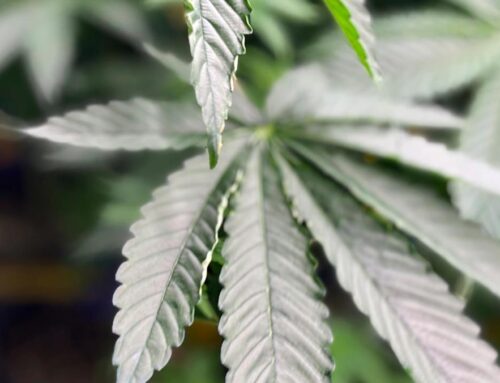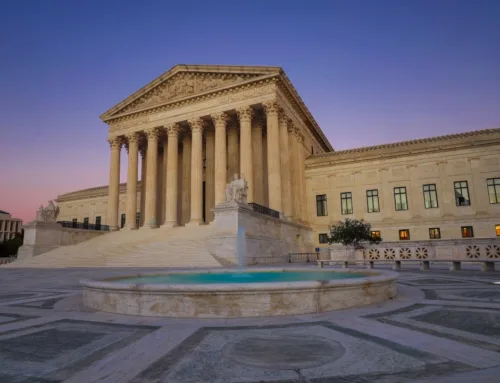Could a green energy boom in the desert devastate a natural icon?
April 11, 2025
BORON, Calif. — Alison Kapusta has called Boron home for decades. The Mojave Desert community is tiny and remote, which is just how the retiree says she likes it. Most of all, Kapusta enjoys the sight of otherworldly Joshua trees.
The iconic species is exclusive to the Mojave, and thousands used to jut from the landscape south of Boron.
“But now, they’re gone,” she said. “They demolished all of the Joshuas.”
In their place is a large construction site – the early stages of the Aratina Solar Center. Officials say the project will span 2,300 acres and produce 530 megawatts of electricity – enough to power some 160,000 homes once complete.
Kapusta and others have flooded the Kern County Board of Supervisors with concerns about the project. They believe the tradeoff – Joshua trees for energy production – isn’t worth it.
“It’s a big part of our history that’s getting killed off,” Kapusta said.
The tension is at the heart of a conflict brewing in Southern California, where the state’s ambitions to fight climate change are butting up against its pledge to preserve Joshua trees.
Experts warn the species is seriously threatened by a warming climate – and that if immediate action isn’t taken to reduce emissions, models show the iconic plant could go all but extinct within the next century.
The trees – and electricity – at stake
State lawmakers passed the Western Joshua Tree Conservation Act in 2023. The legislation is the first of its kind in the nation and forbids the removal of Joshuas without a special permit.
The California Fish and Game Commission fast-tracked approvals for more than a dozen solar projects before the law was passed, however. Commissioners invoked a rarely used emergency rule to greenlight the projects, arguing they’re necessary to help California wean itself from fossil fuels by 2045.
Aratina’s permit was among the largest granted. The Boron project site encompasses more than 4,000 Joshua trees, according to planning documents.
“That is a lot,” said Cameron Barrows, a conservation biologist who has studied Joshua Trees at UC Riverside for decades. Climate change is an existential threat to the species, he said, because it severely limits the ability of younger plants to survive.
“They succumb to being dried out, essentially,” he said.
Joshua trees – and desert habitats in general – are critical, Barrows argues, because they serve a function beyond their aesthetic beauty. For example, research suggests desert ecosystems are highly effective at pulling carbon dioxide out of the air and storing it in the soil. Disturbing these environments to install solar panels, Barrows contends, is counterproductive.
“It will take at least a century or more of the solar plant operating before it equals the amount of carbon that the natural landscape is [removing] on its own for free,” he said.
But the solar industry disagrees. Avantus – the developer behind the Boron project – argues the company is stepping up to help the state meet its renewable energy goals.
“As a changing climate forces Californians to endure more frequent and intense heat waves, projects like Aratina will help stabilize the grid and keep the lights on,” the company said in an emailed statement.
Can conservation be balanced with removal?
The same statement also said the company will establish the Onyx Conservation Area in eastern Kern County, which will “protect more than 80,000 acres of Western Joshua Tree habitat.” The company also agreed to pay $1.3 million into a state fund to help protect Joshuas.
“It is sort of a double-edged sword: In order to have the funds to do the conservation, trees must be removed,” said Drew Kaiser, an environmental scientist with the California Department of Fish and Wildlife.
He’s overseeing the creation of a conservation plan for Joshua trees under the new state law.
“The spirit of it was to balance, you know, how do we move forward with conserving the species while also helping California meet its clean energy goals,” he said.
Finding that balance, he pointed out, is tricky. He said the state is working with advocates, industry groups and locals as it finalizes the draft plan.
But the solar industry is putting its thumb on the scale with a massive lobbying blitz. A KVPR analysis found the industry has spent some $2 million over the past five years to influence lawmakers and agencies on the Joshua Tree legislation.
A state commission must now vote on whether to adopt the Joshua Tree conservation plan by the end of June.
Search
RECENT PRESS RELEASES
Related Post




